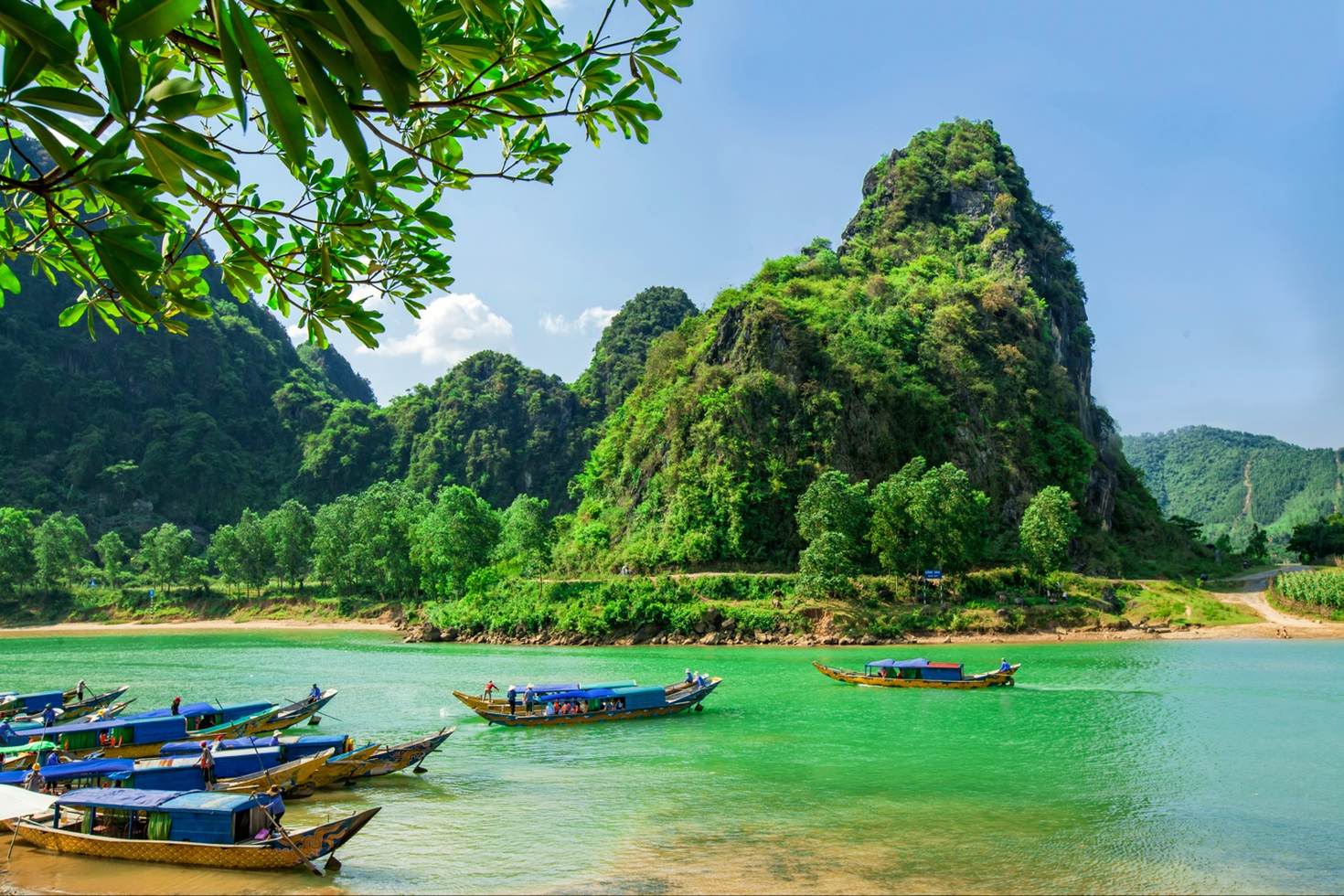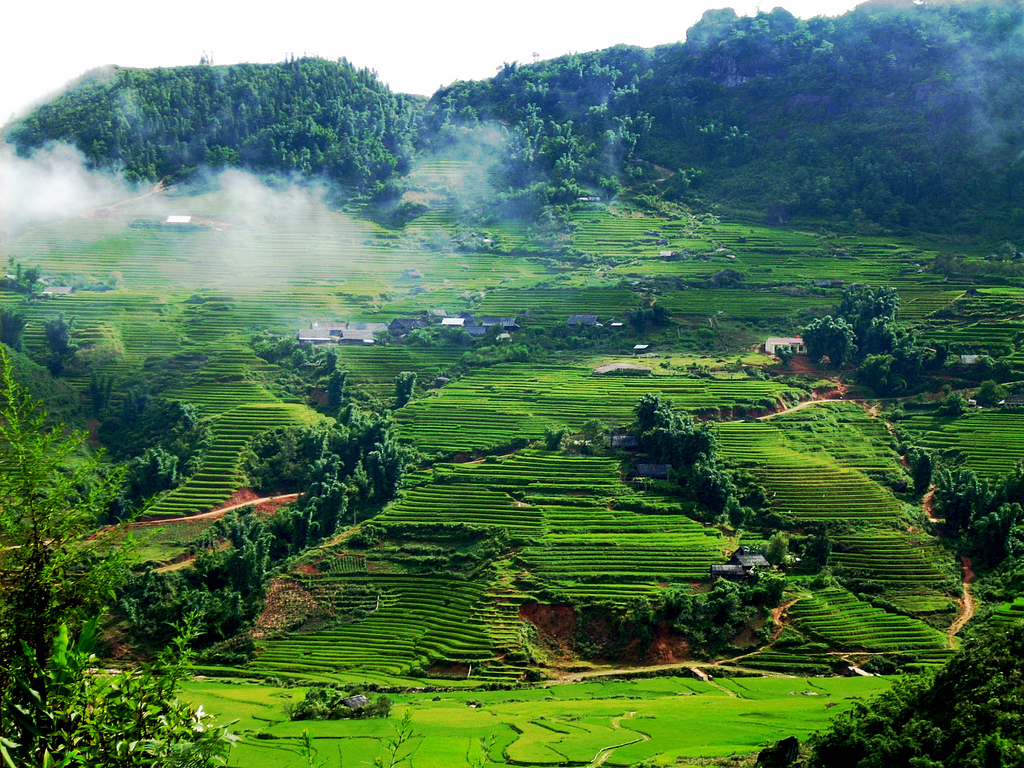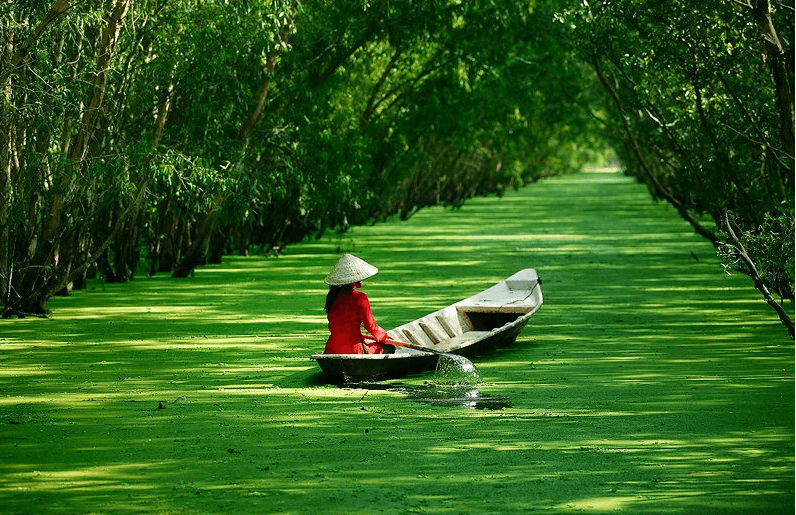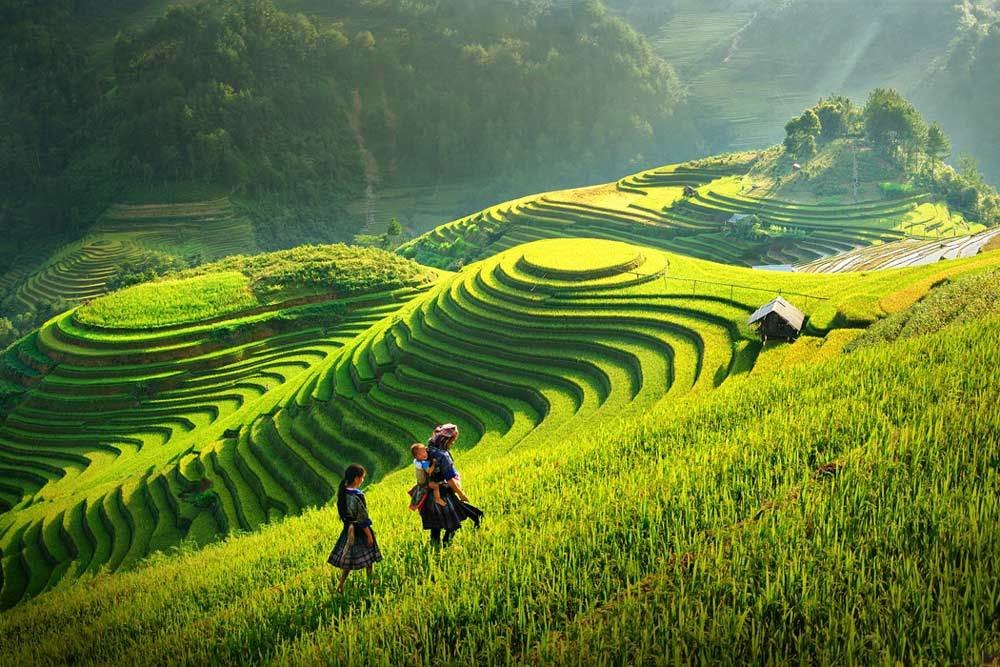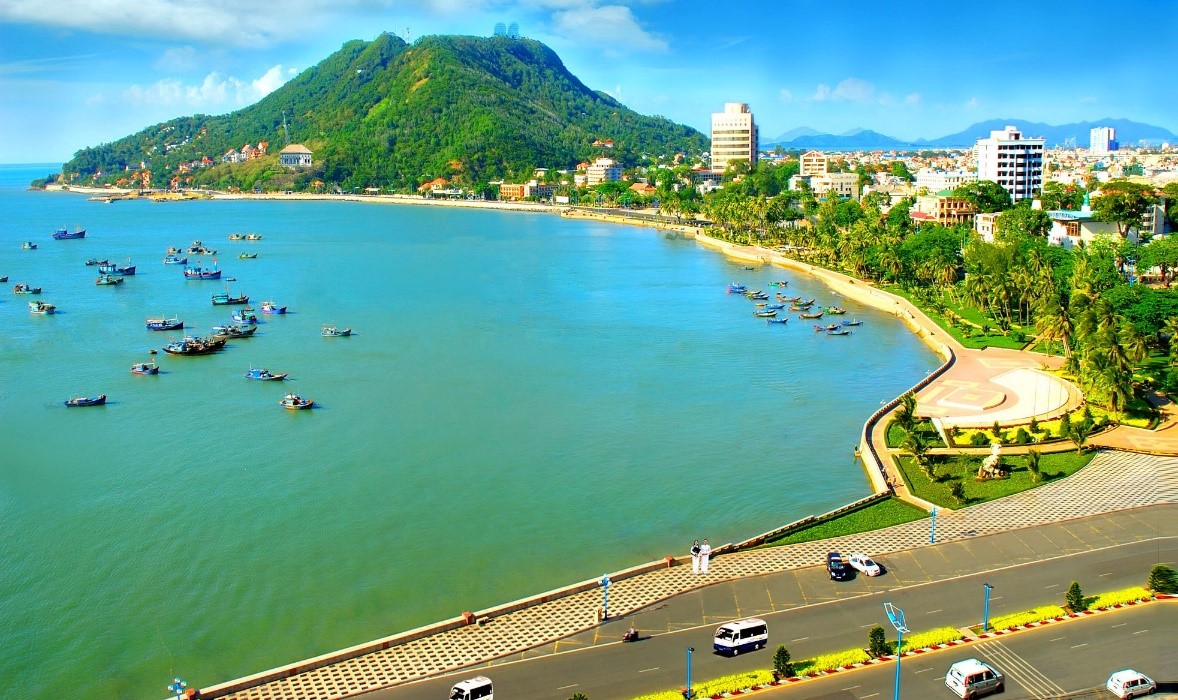BEST TIME TO GO
The weather in Vietnam varies greatly from the north to the south of the country, with added quirks in the timing of the wet season along the central coast.

Southern Vietnam
› Dry season: December–May
› Wet season: May–November
Northern Vietnam
› Dry season: September–February
› Wet season: March–August
Central coast
› Nha Trang’s wet season: November–December
› Hue and Da Nang’s wet season: September–February
If you’re planning to visit a particular area of Vietnam, check the expected weather for your dates of travel. Lonely Planet recommends the best time to visit Hanoi is October to April, the best time to visit Ho Chi Minh City is January to March and the best time to visit Nha Trang is February to June. If you want to see the whole country, there’s no perfect time to go, but spring (April to June) or autumn (September to November) is probably best.
› Monsoon rains can cause flash flooding, delaying transport and cutting off remote villages.
› Temperatures can reach as high as 40°C in summer, particularly in the south. Summers are generally humid and sticky.
› Winter temperatures rarely drop below 20°C in the south, but northern winters can get quite chilly, with the highland regions even experiencing the occasional snowfall or frost.
› The central coast is prone to typhoons, and although they’re hard to predict, August to November is the peak time.
› The busiest tourist season is between July and August, when foreign and domestic school holidays converge to drive prices high and make booking more difficult.
› Tet Nguyen Dan (Vietnamese New Year) is celebrated in January or February (dates change with the lunar calendar and are the same as Chinese New Year). Tet is when most local people take their holidays and travel home to see family, so expect crowds, higher prices and more trouble getting bookings.
› If you prefer to avoid crowds, mid-February to mid-March is one of the quietest times of the year when you may even grab an off-season bargain on flights or accommodation.
